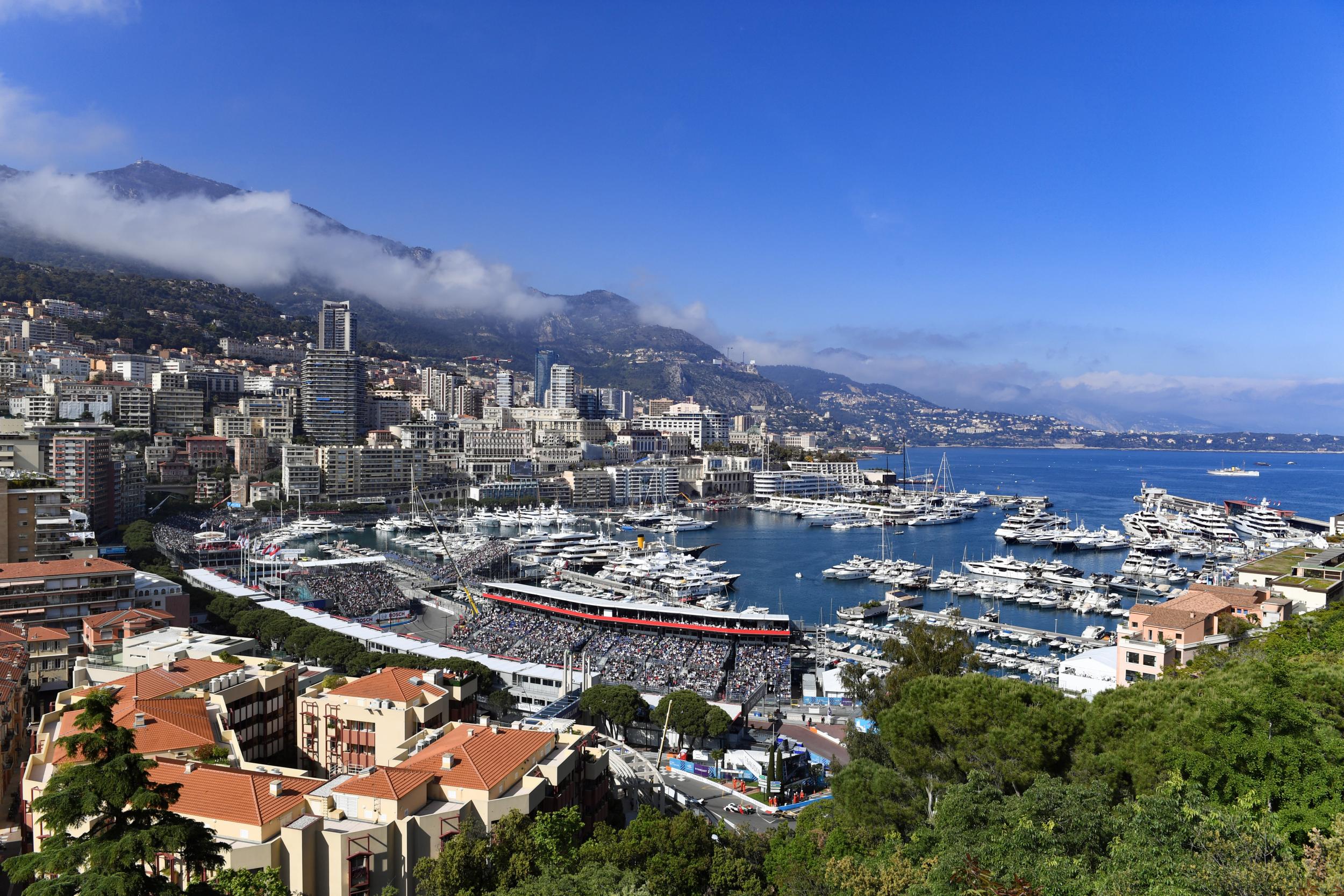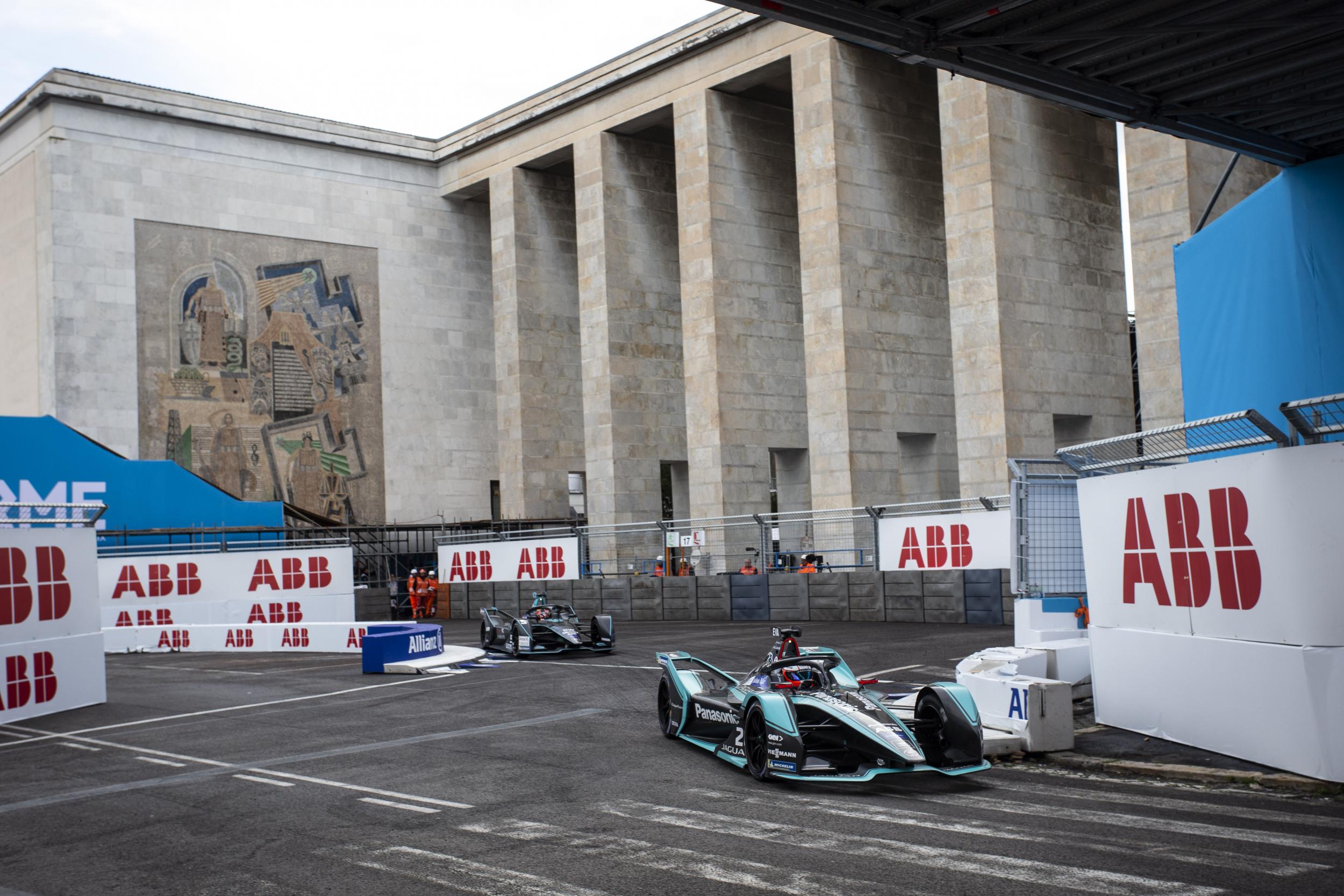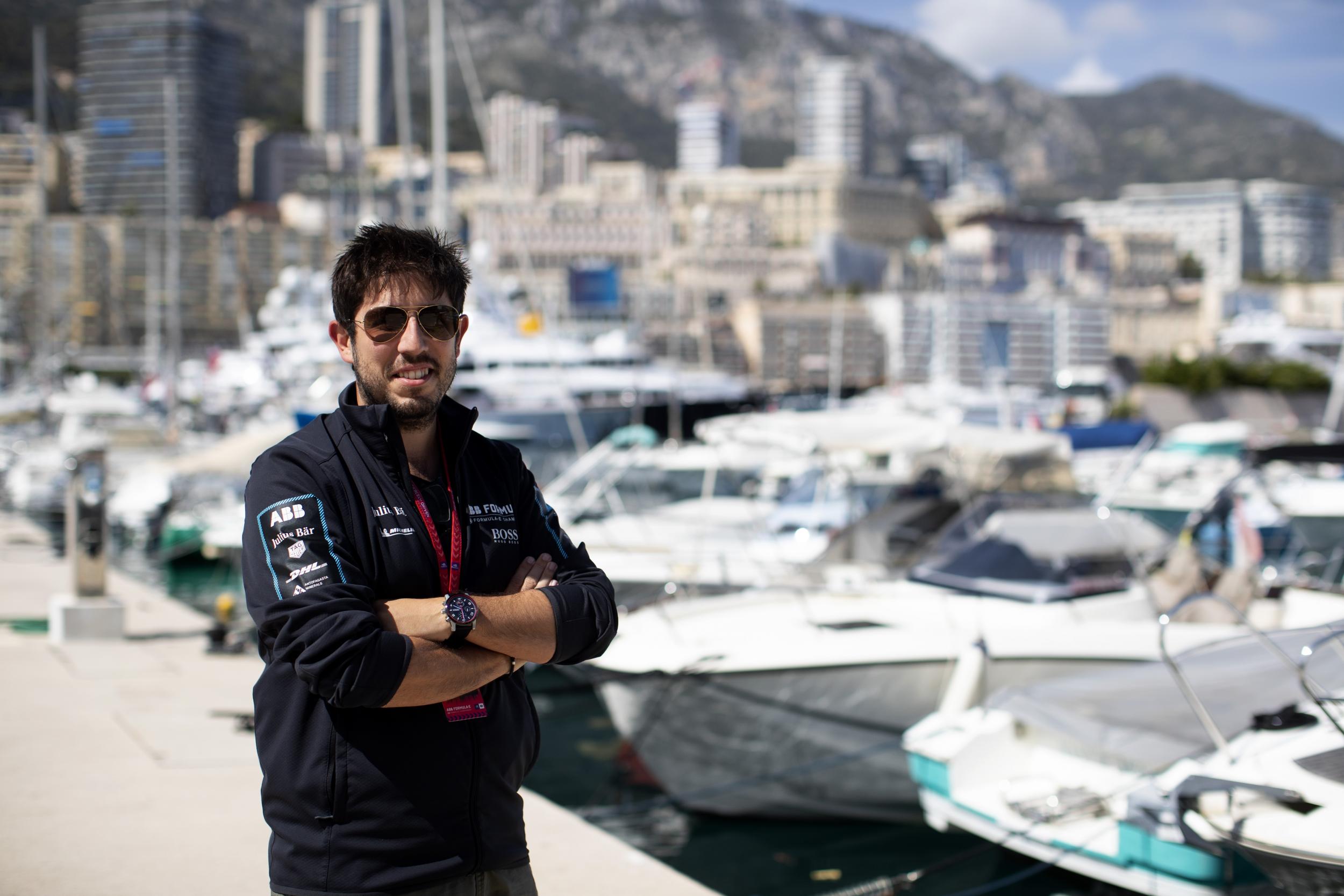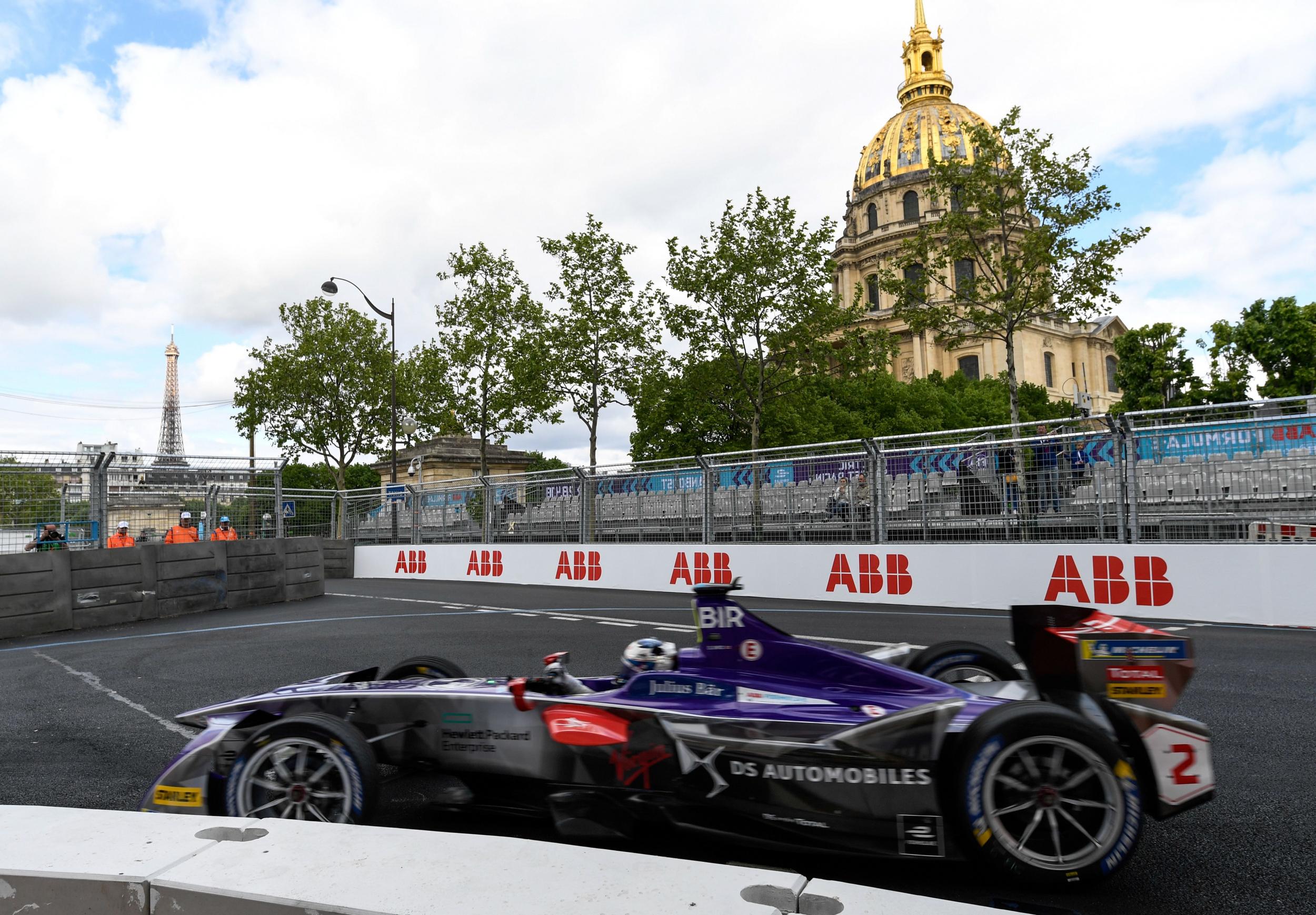Grand (Prix) Designs: Meet the man who designs the world's best street circuits for Formula E
How do you even begin to shut down Paris, New York or Rome for a race? It's every bit as complex as you'd think
Walk down Monte Carlo's Avenue du Port this weekend, swing a left at the lively La Rascasse bar and you find yourself on one of motor sport's most iconic stretches - the Boulevard Albert I.
An ever-increasing skyscape of super yachts sit in the marina to your right as Monaco rises from sea level to the cloud-tipped mountains high above on your left.
What today is calm was, last weekend, a carnival of activity. On Saturday it was Formula E's turn and next week Formula 1 returns to the principality for one of the most eagerly awaited races on the calendar.
Monaco continues, even now, to be the seductive picture of a glamorous motor sport occasion but the way it caught the imagination of so many was by being a street race, a concept that continues to grow.
Since the launch of Formula in 2014, the idea has always been that races will take place on the city streets, where the fans are.

For racing fans accustomed to schlepping to out-of-town tracks, this new direction was a welcome change. F1, since being taken over by Liberty Media in 2017, have also moved to find more street circuits for their high-powered races.
But how does one go about turning a city - a modern, bustling metropolis - into a race track and then back again in a matter of hours? How does one capture the essence of a city and trace its soul while ensuring that the cars can still reach the speeds spectators want to see, to feel?
Agustin Zomeño leads the inception and design of Formula E's street circuits around the world, from Paris to Punta del Este.
"The biggest challenges when we go to a new venue are often that we arrive at a new venue and we need to literally go there and find the track," he says, looking out over the Monaco track.

"We walk it normally, before that we look and use whatever information we have and Google Earth to give us a rough idea of what we can do."
In Monaco things aren't so difficult. The local authorities are well-accustomed to closing down parts of the principality for racing but in bigger cities around the world, there are political and logistical nightmares to overcome.
And the requirement isn't just to complete a circuit, it is to design a track that will allow for the maximum entertainment - high speeds and overtaking - as well as the most important concern, safety.
"The thing with our circuits is they are great street circuits.
"On the FIA guidelines for circuit construction, all of ours are Grade 1 so everything we do is exceptional.

"So we need to check lengths, width of the streets and what you need to plan what works the city needs to do for the city to be allowed to make it into a race track."
Those works can take many forms for Zomeño and his team.
"[Hiding] manhole covers are usually an easy one, there's also removing traffic islands and improving the asphalt. Depending on the city you have more or less challenges.
"So in Paris, we had Les Invalides which are cobblestones so we use temporary asphalt and then remove it after.

"It's not just a race track, you have a broadcast centre, media, a pit lane which is getting bigger every year with more teams so we keep redesigning our venues with that in mind."
Which, though, was his favourite?
"Santiago in season four was a nice challenge. A difficult build because of the roads we were closing. It was in the proper city centre, the arteries of the city... but the result is the images from that race are amazing and the drivers loved it.
"One of my favourites is Rome because it's got such interesting venues, hills up and down. For the backdrop the ones in Paris and Hong Kong were some of the best.
"Now we are going to London I think this is going to be a race of great interest. It's going to be a very challenging one... part of the race is going to be indoors and part outdoors so we have some interesting things to do to the ground. It's always unique."
Join our commenting forum
Join thought-provoking conversations, follow other Independent readers and see their replies
Comments
Bookmark popover
Removed from bookmarks